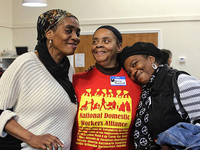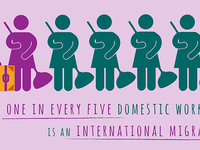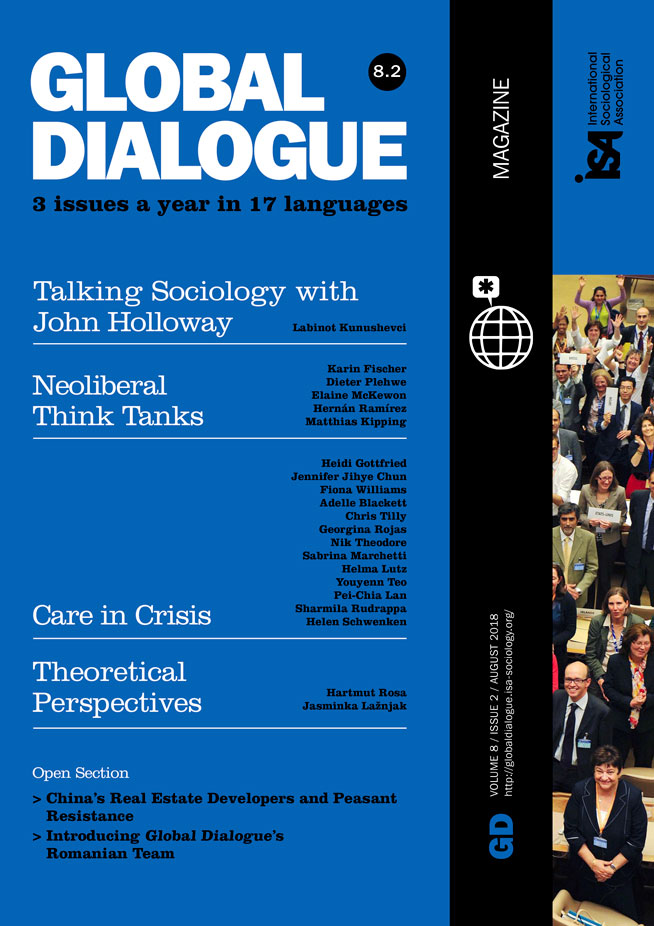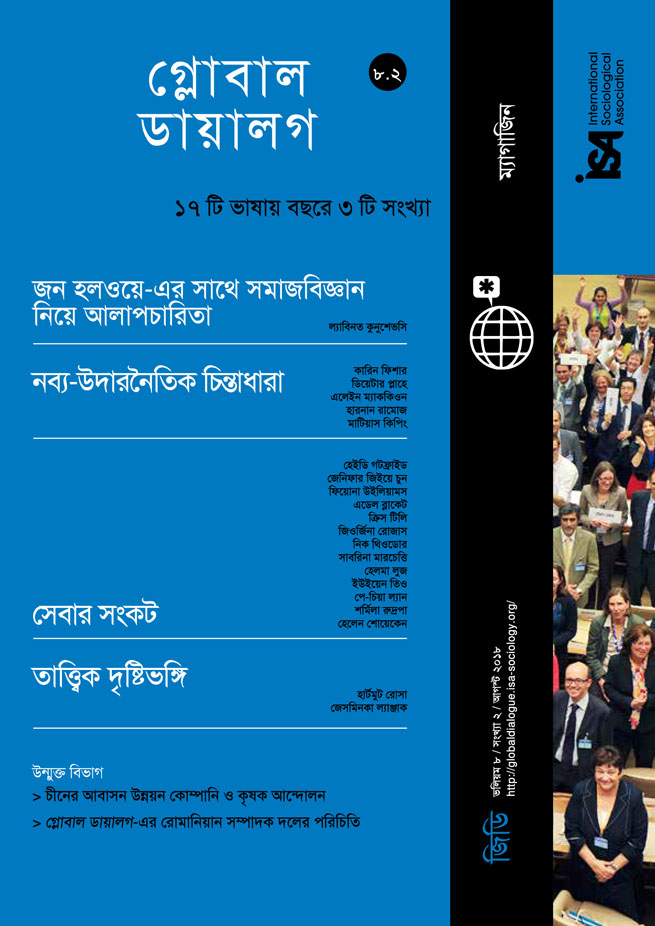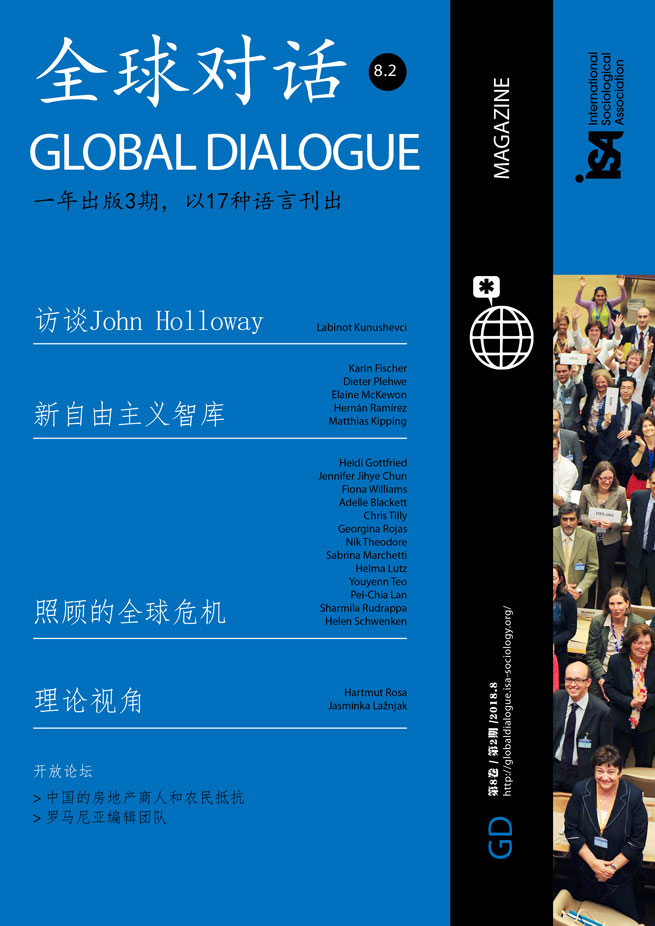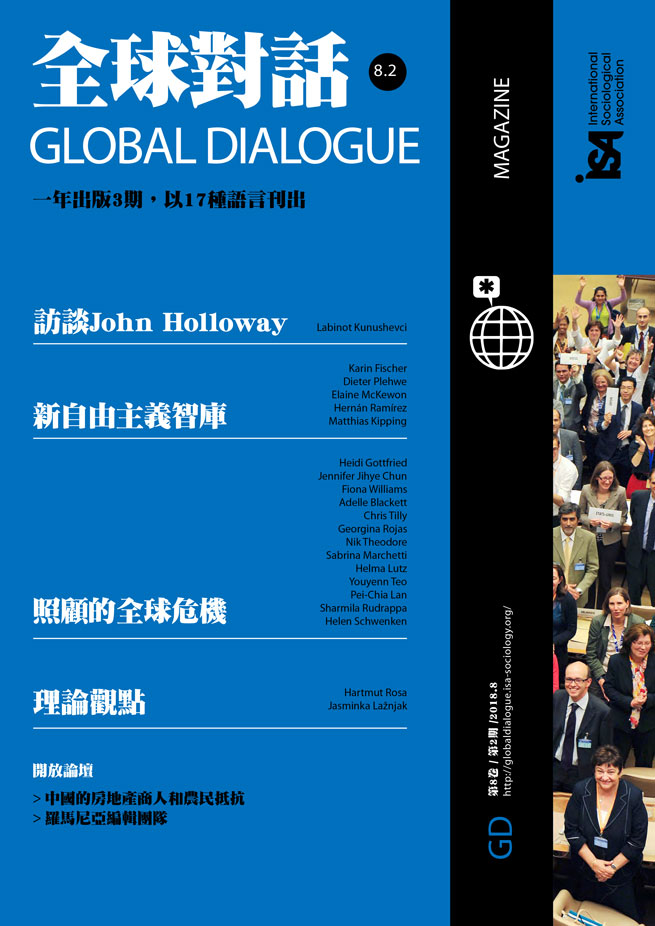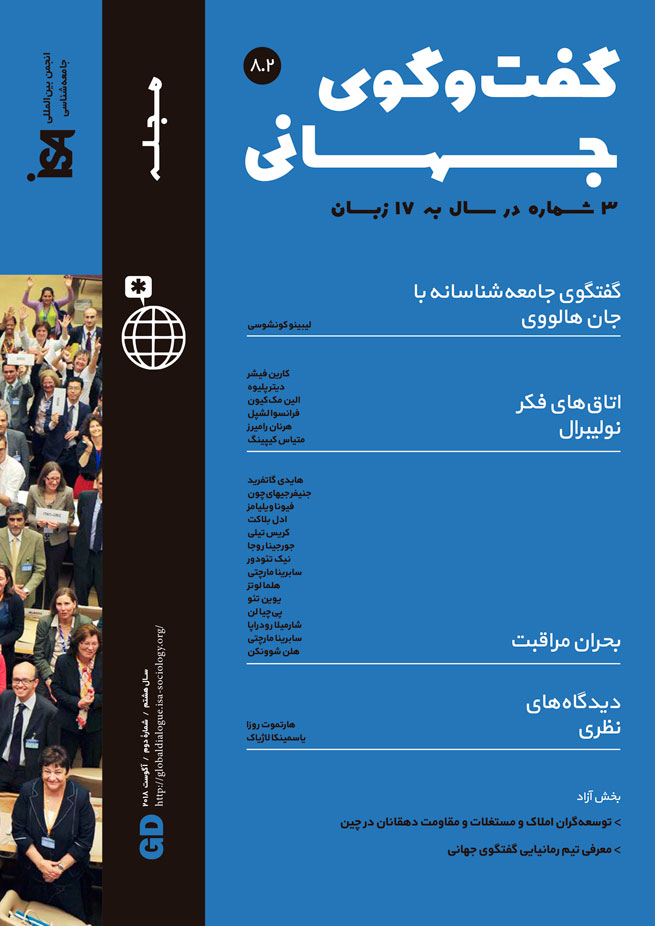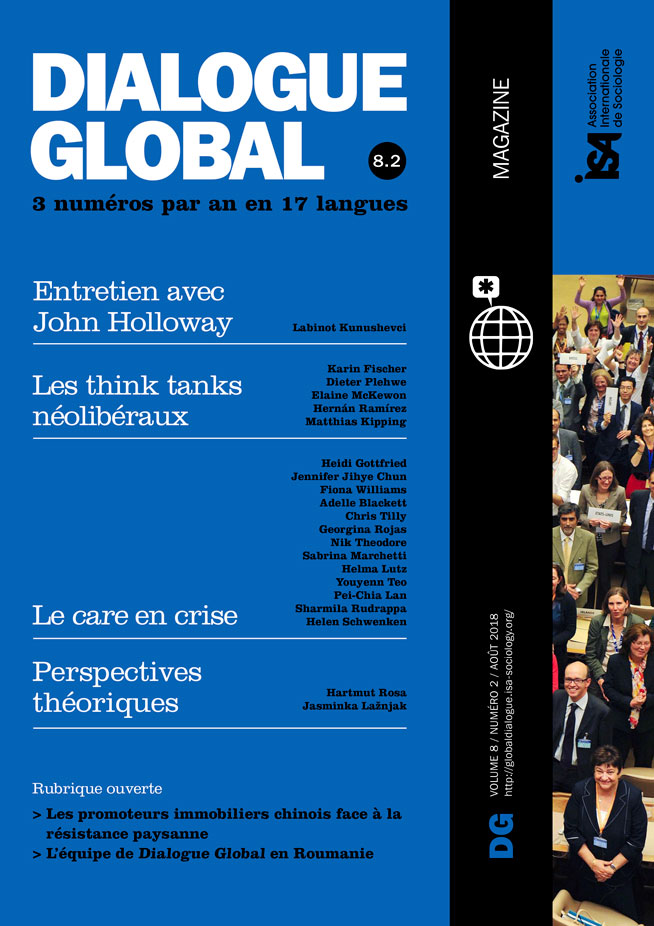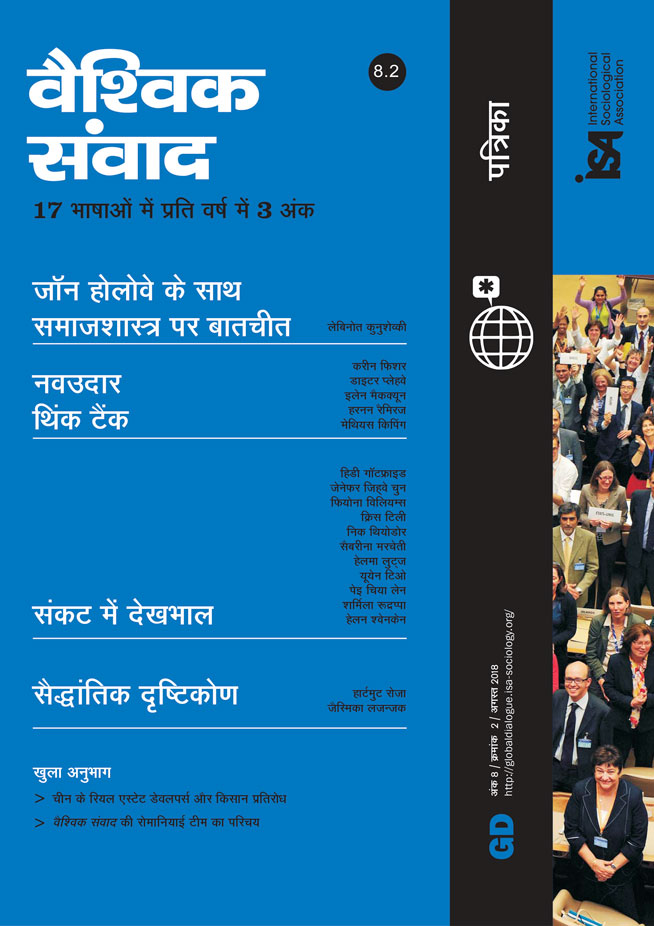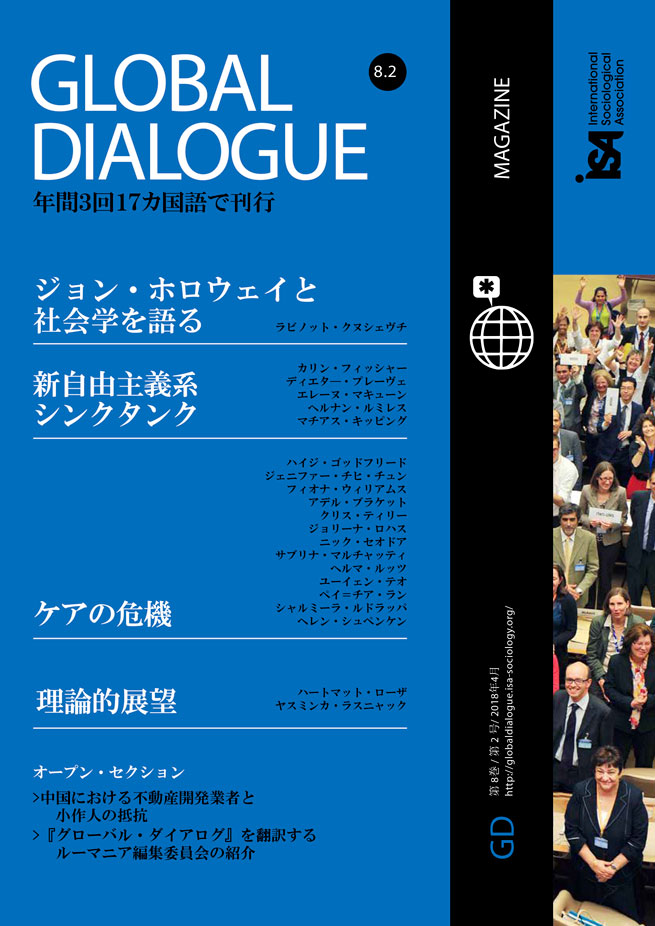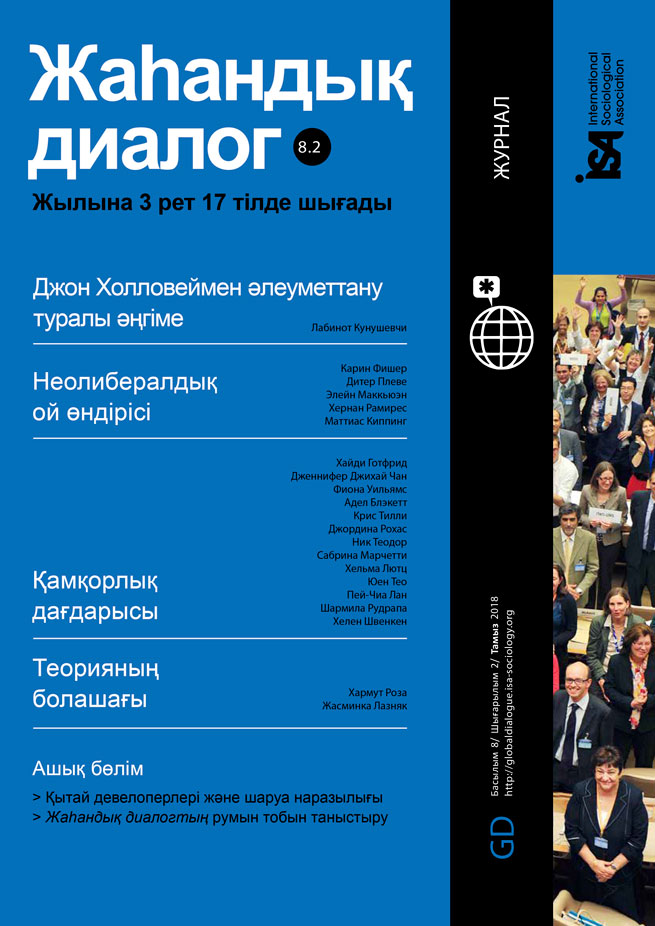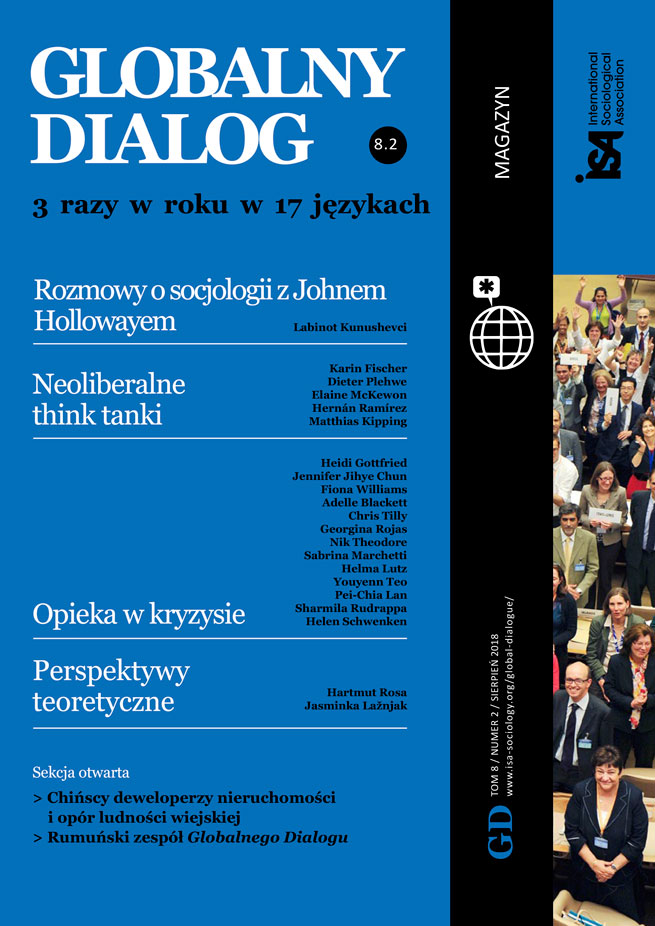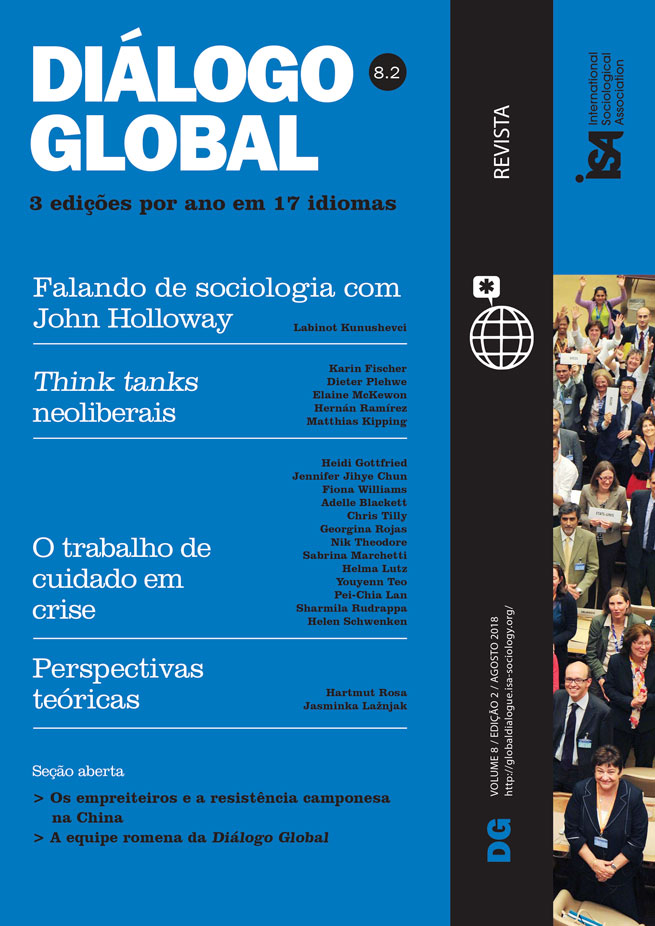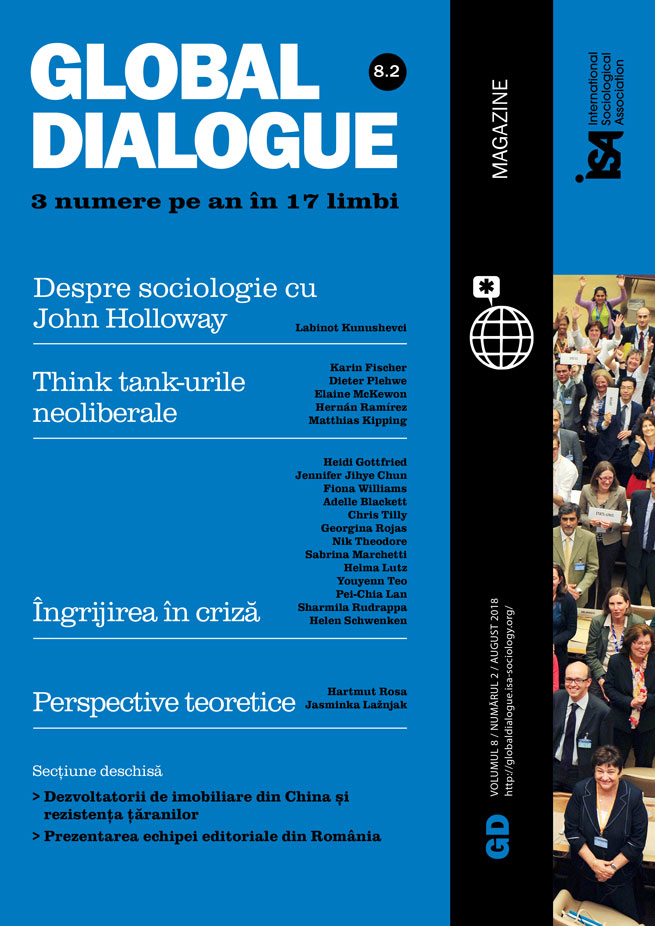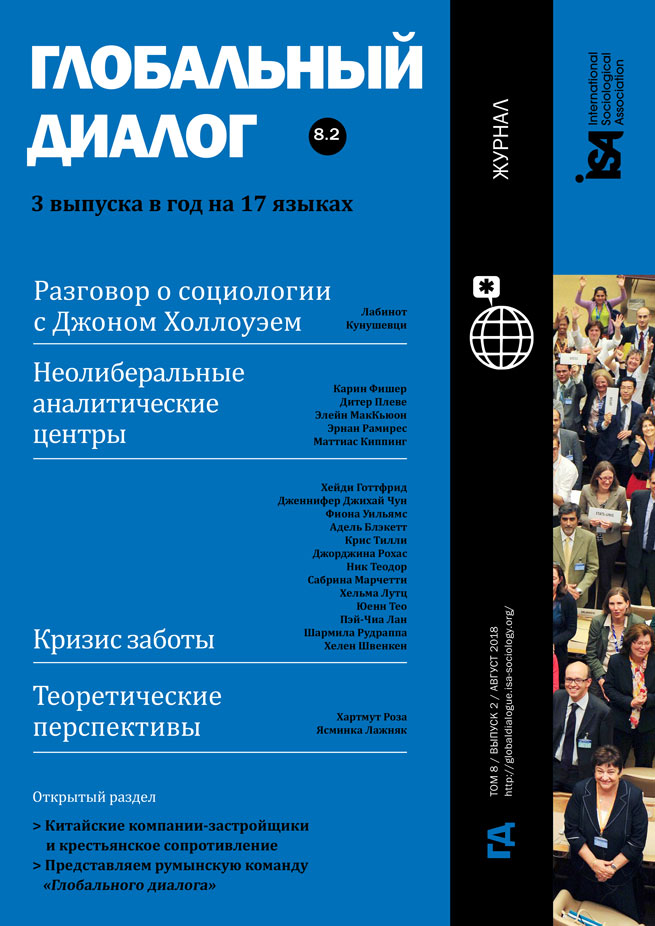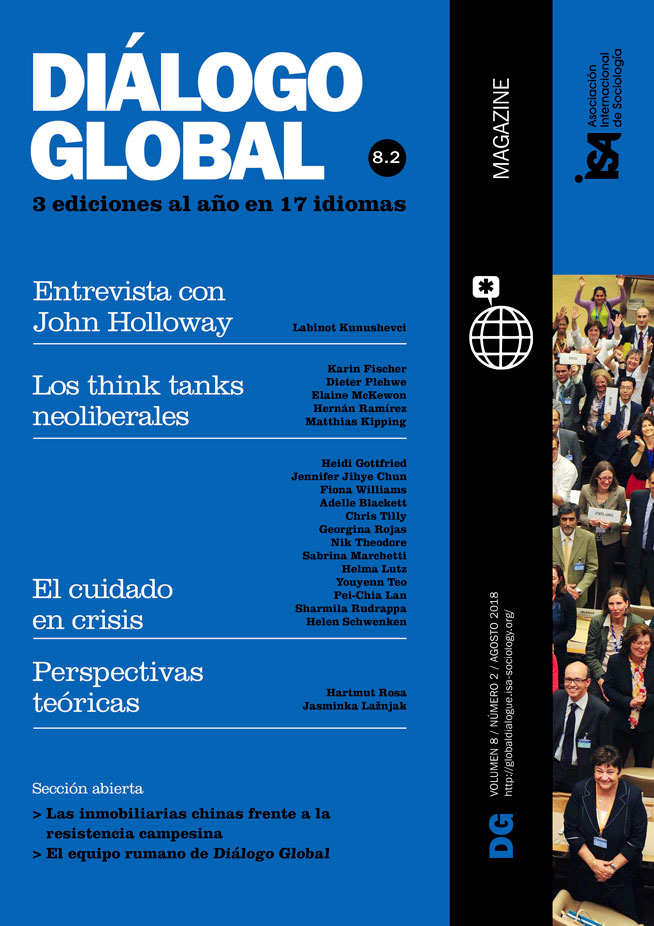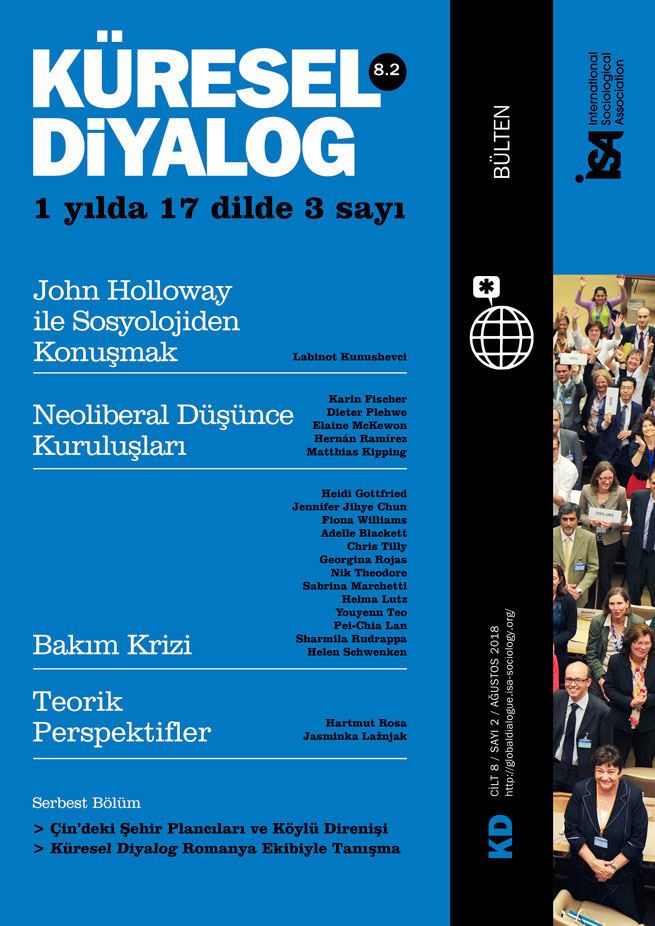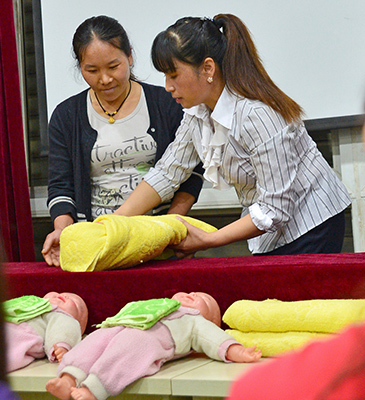While East Asian countries have widely recruited migrant domestic helpers or caregivers from Southeast Asia, Japan has been hesitant to open the gate until very recently. In 2014, Prime Minister Shinzo Abe proposed a new policy to boost women’s labor participation by granting the entry of foreign domestic workers in six metropolitan areas. These workers, however, may not live in the residence of the household using their service; rather, they are employed and supervised by service agencies. Prospective workers must spend 400 hours in training programs to learn Japanese, housework skills, and cultural etiquette, including how to bow properly. A government officer said to The Japan Times (January 1, 2017): “It is a very Japanese way of doing things. We couldn’t have them flooding in like they do in Hong Kong.”
Prior to the arrival of migrant domestic workers, Japan has accepted registered nurse (Kangoshi) and certified care worker (Kaigo Fukushishi) candidates since 2008 based on Economic Partnership Agreements (EPAs) signed with Indonesia, the Philippines, and Vietnam. Following a similar logic, the EPA care workers are not allowed to work in private homes. They are employed by medical institutions or care facilities to provide support for the elderly or disabled.
The employment of migrant care workers in Japan offers a pivotal case for researchers to examine how a society negotiates the cultural meaning and institutional arrangement of care in the production of “ideal migrant caregivers.” The government was very cautious at every step during the introduction of EPA candidates, including the control of quotas, state-to-state recruitment, and the provision of intensive training programs at great cost. Although these EPA candidates are skilled workers with nursing backgrounds, they must attend a training course run by institutions sanctioned by the Japan International Corporation of Welfare Services (JICWELS) and then work and study at a hospital or a care facility. They are expected to take the national exams to become a registered nurse or certified care worker. Those passing the national exams are eligible for indefinitely renewable visas and permanent residency in Japan.
The training curriculum aims to bridge ethnic differences and temper the otherness of migrants. Beata Świtek has called Japanese nursing homes an environment of “cultural intimacy,” where the mimicry of Japanese traditions recreates an essentialized image of the past, making the elderly residents feel comfortable in an institution despite their social isolation. Migrant workers are required to adopt interactive norms and practices in tune with Japanese care culture, allowing seniors to experience a sense of cultural intimacy and personal dignity as they receive care from workers without kinship or ethnic ties.
A substantial proportion of the curriculum involves the instruction of Japanese language – not just basic vocabulary for conversation but advanced skills in reading and writing (391 hours in pre-departure training and 675 hours in Japan). The most challenging goal is the proficiency in Chinese characters (Kanji), because Japanese medical specialists tend to use Kanji, instead of phonetic writing, in medical documents. Japanese proficiency is important not only in the facilitation of communication and documentation, but because speaking Japanese properly – with honorifics (Keiko) – also helps caregivers to give respect to the elderly.
The curriculum highlights the perception of care as a cultural practice and helps EPA candidates to learn about the cultural aspects of “Japanese care work.” The instruction about the cultural sense of “cleanness” in Japan helps them to understand why tub bathing, instead of sponge bathing, is considered such an essential part of quality care for Japanese seniors. In Japan, the diaper manufacturers now sell more adult diapers than baby diapers. At the training sessions, the EPA candidates learn about the proper procedure to change diapers coded by color for different timings and purposes. They are trained to see the association of adult diapers with autonomy and dignity from the eyes of Japanese elders.
The curriculum also includes subjects on Japanese culture and society. They are taught about Japanese eating conventions, such as saying “itadakimasu” (“I gratefully receive”) while dining together with the wards. They learn to appreciate the aromas of special Japanese food, such as yuzu and wasabi. They also learn to respect traditional attire – being instructed about the correct ways of putting on a kimono (with the right side tucked under the left) – and the cultural sense of shame in order to offer proper assistance with dressing and undressing. Some EPA workers I interviewed identified this part of training as “very useful,” but some bluntly criticized it as being “totally useless” (“Nobody wears a kimono in a nursing home!”). The cultivation of migrant workers’ familiarity with Japanese traditions and culture has more symbolic meaning than practical function; it enhances a sense of cultural intimacy not only for the elderly wards but also for the Japanese society at large.
The training program also involves communication and interaction with Japanese co-workers. The EPA candidates are instructed about the work culture in Japanese hospitals or care facilities, where the working hours tend to be long and rigid, and the status hierarchy at work is evident. Staff members must follow standardized procedures and write detailed documentation to ensure the conduct of professional care. The likelihood of EPA migrants gaining professional certification and achieving status mobility in Japan has been extremely low due to the high threshold of language proficiency. Even those who obtain the license decide to return home after all, because they feel isolated and excluded in Japan’s social and cultural environment.
Japan’s EPA program views and treats migrant care workers as “professional others.” Compared to the guest worker system in other East Asian host countries, the program does grant migrant workers with more access to entitlements and benefits. Although they can earn a ticket to permanent residency after passing the exams for professional certification, the evaluation of skills is so highly embedded in local culture and language that very few are able to achieve such status. As a result, professionalism does not provide a reliable pathway for their social mobility but becomes a mechanism for exclusion of foreigners.
Pei-Chia Lan, National Taiwan University, Taiwan, and member of ISA Research Committee on Sociology of Migration (RC31) <pclan@ntu.edu.tw>





